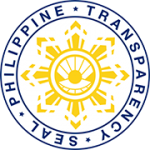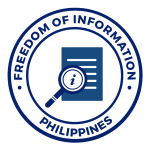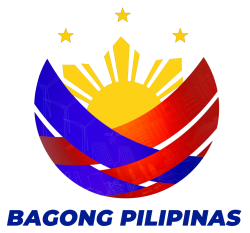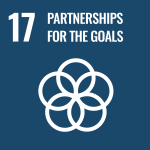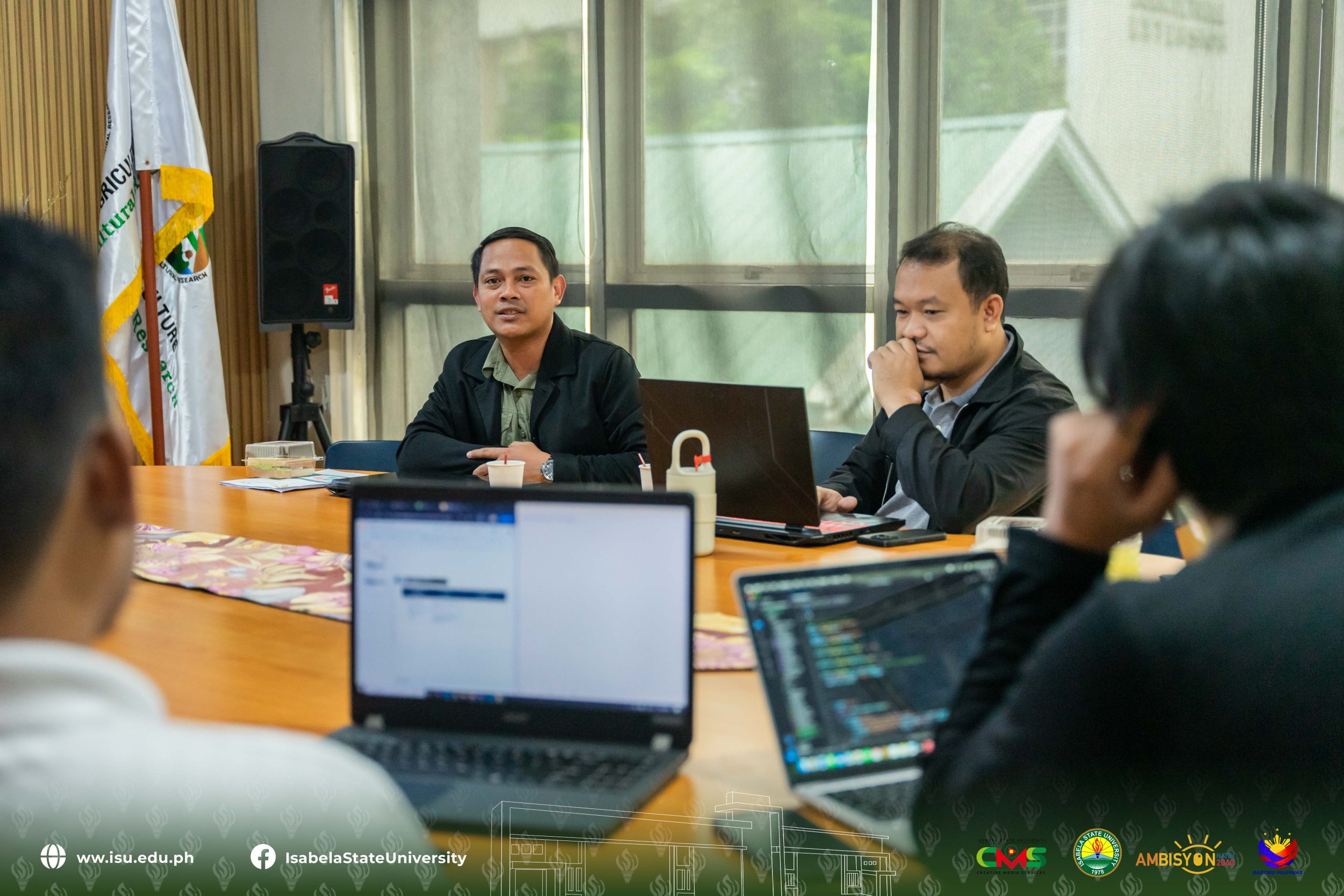
View gallery
Isabela State University (ISU) had an inception meeting with the Department of Agriculture – Bureau of Agricultural Research (DA-BAR) for the creation of a Centralized Online Information System (COIS) on February 19, 2025 at the RDMIC Building, Diliman, Quezon City.
The University was represented by Mr. Benigno Jose P. Carag (Executive Assistant, Office of the University President), Mr. Gil B. Zipagan II (Director, University Management Information Services), and Mr. John M. Facun (ICT Services Officer, UMIS).The University was represented by Mr. Benigno Jose P. Carag (Executive Assistant, Office of the University President), Mr. Gil B. Zipagan II (Director, University Management Information Services), Mr. John M. Facun (ICT Services Officer, UMIS), and Dr. Joe G. Lagarteja (Data Privacy Officer, ISU).
Headed by Dr. Junel B. Soriano (Director, DA-BAR), the Bureau requested the expertise of the University Management Information Services (UMIS), to facilitate the development of the COIS aimed at integrating research and development project management and agricultural research data into a single platform to enhance transparency, collaboration, and accessibility. This initiative is aligned with the goal of modernizing the agri-fisheries sector to use innovative approaches to promote progress and sustainability.
For more information, the COIS shall integrate data from various research programs, projects, and collaborations into one accessible platform. It will also serve as a hub for knowledge sharing, enabling stakeholders to access critical insights, foster partnerships, and make informed decisions to address challenges in the agri-fisheries sector.
As part of the collaboration between ISU and DA-BAR, the said system shall aim to:
- Improve the accessibility of a vast repository of agricultural knowledge, facilitating informed decision-making and the adoption of best practices;
- Enhance transparency to foster trust among various stakeholders, encourage collaborative efforts, and ensure that research for development outputs are readily available for peer review and public scrutiny; and
- Streamline coordination to enable efficient management and monitoring of ongoing projects, reducing redundancy and promoting synergistic collaborations across various research initiatives.
View gallery

